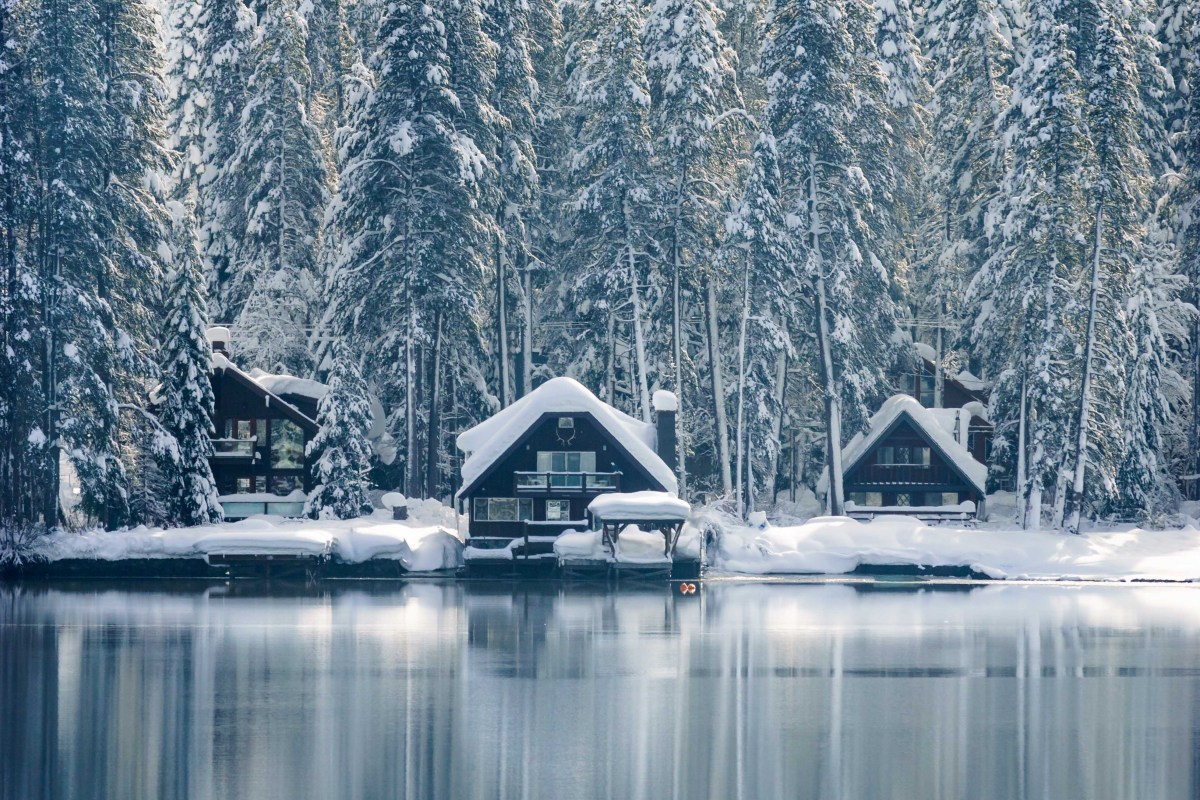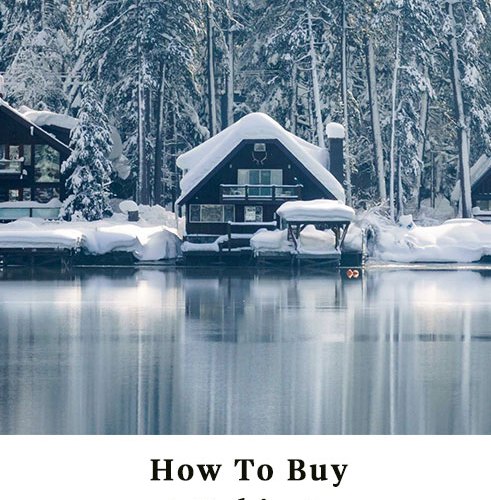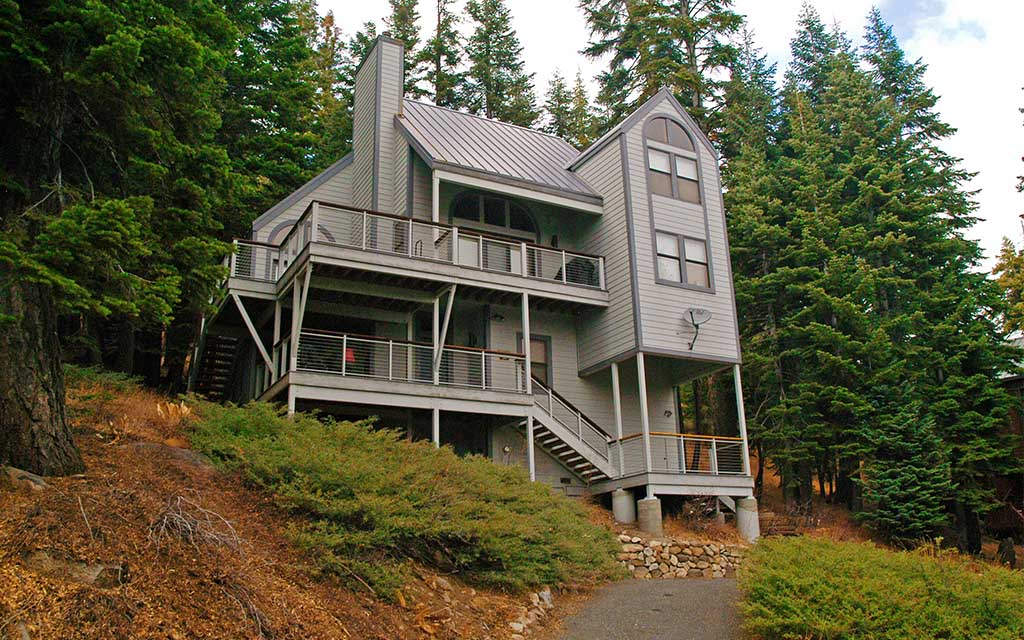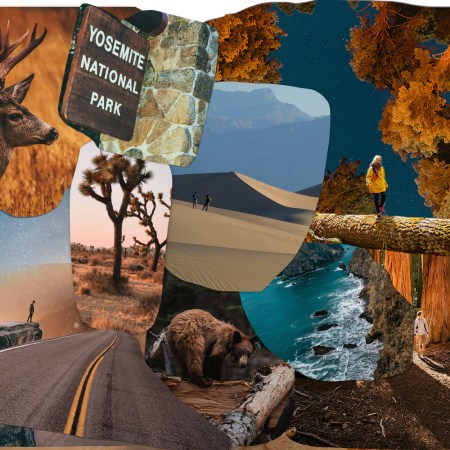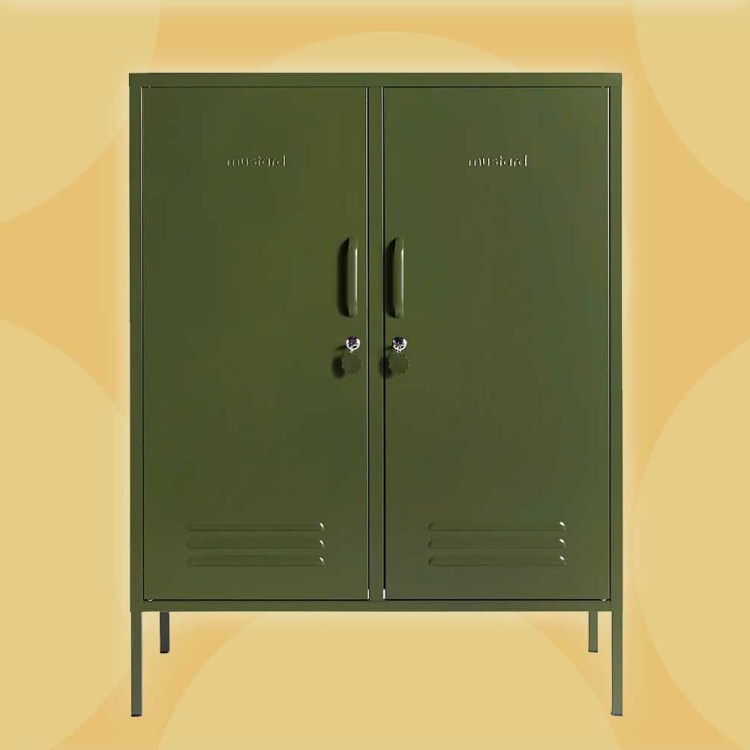Has there ever been a better time to retreat to the mountains? To pack up, duck out, hole up with provisions, some solar panels, the kids and the dog until the danger has passed? Ideally with a view of the Sierras from the wraparound balcony?
The answer, like everything else these days, is complicated.
The Sierra Mountains cabin has a unique foothold in the California mythos. A plaque near Lower Yosemite Fall memorializes the spot where proto-environmentalist John Muir built his — “a wooden shack attached to a sawmill” — in 1869, living there for the two years that followed. As Muir described it:
“Fortunately, the only people that I dislike are afraid to enter it. The hole in the roof is to command a view of the glorious South Dome, five thousand feet high. There is a corresponding skylight on the other side of the roof which commands a full view of the upper Yosemite Falls, and the window in the end has a view sweeping down the Valley among the pines and cedars and silver firs. The window in the mill roof to the right is above my head, and I have to look at the stars on calm nights.”
Ralph Waldo Emerson — long Muir’s transcendentalist crush — visited Muir there in 1871. (Muir paid him the ultimate Muir-style compliment: “Emerson was the most serene, majestic, sequoia-like soul I ever met. His smile was as sweet and calm as morning light on mountains.”) Emerson was 68 by then, but game for exploring: “[Emerson] bravely climbed up [into the cabin] and I showed him my collection of plants and sketches drawn from the surrounding mountains which seemed to interest him greatly.”
The Sierras have changed tremendously over the 150 years that followed the creation of Muir’s mountain idyll, but the dream persists: of solitude, communion with nature, a romantic sense of self-reliance. (It’s all fun and games until you realize you’re not hooked up to a sewer system.) Now, ramshackle shacks without water or electricity sit a few miles from stylish A-frames and million-dollar cabins with every conceivable luxury. Their appeal is obvious, even in untroubled times: a refuge away from the masses.
The reality, though, is more complex than that. Joel Barnett, owner of Bear Valley Real Estate, has dealt primarily in the cabin market for nearly two decades — a market that, he says, had only recently recovered from the financial turmoil of the last global economic crisis.
“We had a statistically worse downturn than the Bay Area [during 2008-09], with prices back to 1998 levels at that point,” Barnett says. “We had just gotten back to 2003 levels. The market was incredibly frothy in 2005 and 2006, and we still haven’t seen the volume we saw back then.” More recently, growth, in both value and volume, has steadied nerves: “We were averaging 7.5% appreciation per year [in value per square foot], which is fine, solid, and we were experiencing an increase in buyers,” he says.
No more. Within the past two weeks, the rental wing of Barnett’s agency, which manages 60-some properties, canceled all near-term vacation stays and refunded the renters: “We got a six-foot dump of perfect powder, and our phones just got pounded — the thinking was at first, kids are out of school, and mom and dad are working from home, so let’s get out of town,” Barnett says. “But we realized it wasn’t going to work.”
It might be a buyer’s market if sellers weren’t too rattled to list their properties. “We talked about how we could do this. If someone wants to see a property on the market, we could kind of turn everything on and let people go inside,” Barnett says. ““We can transact any real estate deal using DocuSign; it’s almost all electronic now. But hardly anyone wants to put their house on the market.”
Most curiously, Barnett says his fellow homeowners in Bear Valley, many of whom have primary residences in the Bay Area, don’t seem interested (yet, anyway) in using these properties as a refuge. “The thing that’s surprised me most is this,” he says. “I’m sitting in my living room and in a circle all around me are second homes: this neighbor’s from Oakland, the neighbor across the street is from Oakland … it’s all Bay Area. If I had a second home and I started experiencing the panicky lines of people getting into fights at Costco, the first thing I’d do is go to my second home. By definition we’re social distancing.”
Barnett isn’t massively optimistic about the next six months in cabin-centric real estate. “We may see a small uptick in buyers who are like, ‘I really wish we had a cabin to go to,’” he says. “But many of our Bay Area buyers use stock options or home equity lines of credit from their primary homes to buy second homes. With the recent stock market correction, many people just lost 25% of their wealth. Plus people will be slow to come out of their shells. Even if in mid-April they say they think the coast is going to be clear on May 1, who wants to be the first person on a Carnival Cruise on May 1?”
Bruce Renfrew, of California Outdoor Properties, is facing a different landscape — literally, as his region includes the Sierra foothills and Gold Country. “Interestingly enough, I’m getting more calls for some of the remote properties we have — a single house on 160 acres, those kinds of properties,” Renfrew says. “Last week, one couple from L.A. said, ‘We’ve been thinking about retirement in a couple years — but with everything going on, we’re thinking we’ll accelerate that.’ Another guy has been looking for eight or nine months, and then all of a sudden, with everything on, he’s narrowed it down to three properties, and he’s reaching out to all of us, saying, ‘I’ve got cash. But I want a discount.’”
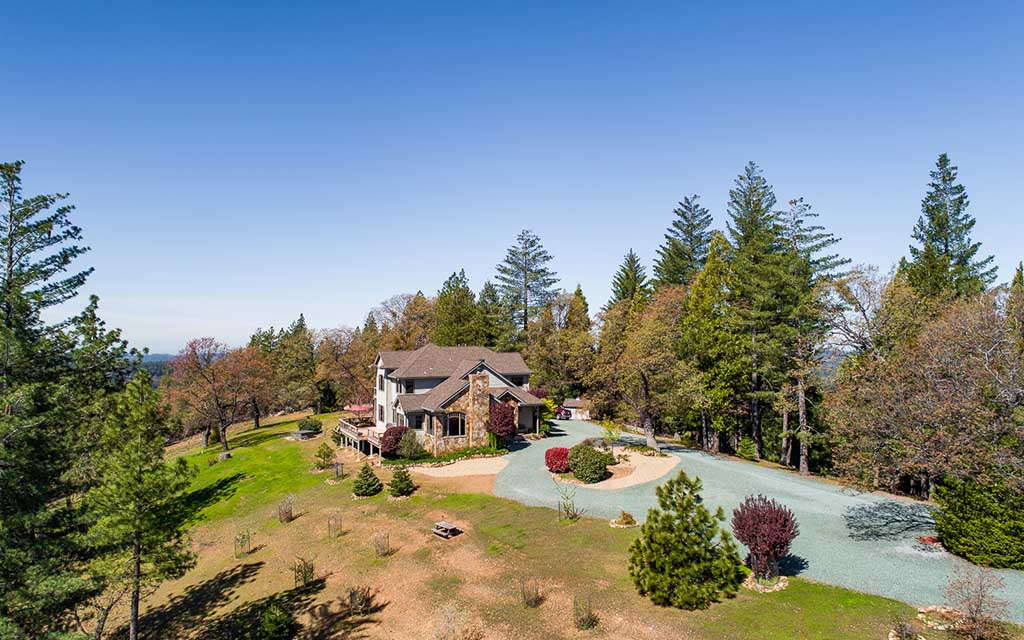
For Renfrew, the bigger stumbling block of the past few years has been not market readjustment but environmental concerns. Specifically, wildfire: “I deal almost exclusively with remote-type properties, or properties with a lot of acres — anywhere from 20 acres to a couple thousand,” he says. “For us, prior to the last month, interest has been waning primarily because there have been so many wildfires. As you go east from L.A., you get into these hills with a lot of chaparral and brush, and it’s very dry. In Northern California, you have more of a forest environment where, with all good intentions, a lot of environmentalists have wanted to stop any logging or any cutting of the growth, so the vegetation that fuels these forest fires has been growing without proper controls.” The result: a tinderbox.
As for the immediate future, Renfrew says he sees the cabin market proceeding “somewhere right down the middle,” with renewed interest perhaps buoying ubiquitous anxiety. “I sent a mass email out to 15 or so of my sellers to say, ‘How are you feeling? Do you want to adjust your price or proceed with business as usual?’” Renfrew says. “The responses I got were, ‘Let’s hang in there.’”
The buyers will be back too, he hopes, and thinks. “Given social distancing, there’s something pretty great about being able to have a little, private place of several hundred acres, where you’re there all alone,” he says. “That’s always been a wonderfully appealing situation, for anyone who can swing it.”
This article was featured in the InsideHook SF newsletter. Sign up now for more from the Bay Area.
